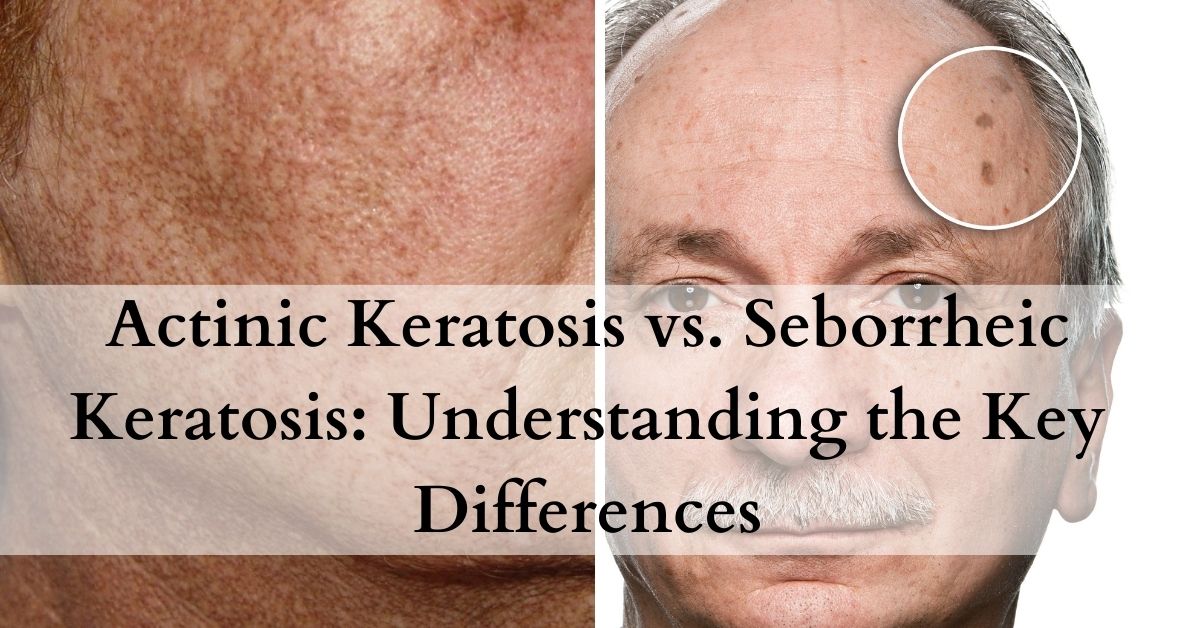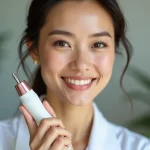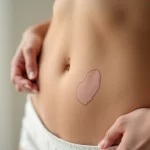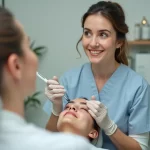In the realm of dermatology, skin conditions can sometimes sound like a mouthful, with terms that might leave you scratching your head. Two such conditions that are often mixed up due to their similar sounding names are actinic keratosis and seborrheic keratosis. While they may share a part of their name, they are entirely different in terms of causes, symptoms, and potential risks. In this comprehensive guide, we will delve into the world of these two keratoses, explaining what sets them apart, how to identify them, and what steps you can take if you suspect you have one of them. Lets explore about Actinic Keratosis vs. Seborrheic Keratosis
Understanding Actinic Keratosis
Actinic Keratosis (AK), often referred to as solar keratosis or senile keratosis, is a skin condition primarily caused by prolonged exposure to ultraviolet (UV) radiation from the sun or artificial sources like tanning beds. This condition is more commonly found in fair-skinned individuals and is frequently seen in areas of the body that are exposed to the sun, such as the face, ears, neck, scalp, chest, backs of hands, forearms, or lips.
What Are the Characteristics of AK?
- Texture: Actinic keratosis typically presents as rough, scaly patches on the skin’s surface, resembling sandpaper.
- Color: These patches often appear pink, red, brown, or flesh-colored, and they can vary in size from a few millimeters to several centimeters.
- Symptoms: AK is known for its potential to itch, burn, or become tender. In some cases, it may bleed or develop a crust.
Why Is AK a Concern?
Actinic keratosis is not just a cosmetic issue. It’s considered a precancerous condition because if left untreated, it can progress to squamous cell carcinoma, a type of skin cancer. Hence, early detection and treatment are crucial.
Shedding Light on Seborrheic Keratosis
On the other hand, Seborrheic Keratosis (SK) is an entirely different ballgame. Unlike AK, SK is not linked to sun exposure or UV radiation. Instead, it’s often attributed to genetic factors and tends to develop as individuals age.
Recognizing the Traits of SK
- Texture: Seborrheic keratosis appears as raised, waxy, and often wart-like growths on the skin. They can range in color from tan to dark brown or even black.
- Symptoms: SK is typically non-pruritic, meaning it doesn’t itch or cause discomfort. It may, however, become irritated if it rubs against clothing or jewelry.
The Non-Cancerous Nature of SK
Seborrheic keratosis is generally benign and does not pose a risk of turning into skin cancer. While they may be bothersome from an aesthetic perspective, they are not a cause for immediate concern in terms of health.
Key Differences between Actinic Keratosis vs. Seborrheic Keratosis
To make it crystal clear, let’s summarize the key differences between actinic keratosis and seborrheic keratosis:
- Causes: AK is primarily caused by UV exposure, whereas SK is often genetically determined and unrelated to sun exposure.
- Texture: AK feels rough and scaly, while SK is raised and waxy.
- Color: AK can be pink, red, brown, or flesh-colored, whereas SK is usually tan to dark brown or black.
- Symptoms: AK can itch, burn, or bleed, while SK is typically asymptomatic.
- Risk: AK has the potential to progress to skin cancer if left untreated, whereas SK is non-cancerous.
Seeking Professional Help
If you suspect you have either actinic keratosis or seborrheic keratosis, it’s essential to consult a dermatologist for a proper diagnosis and appropriate treatment options. Dermatologists can perform visual examinations and, if necessary, biopsy the affected area to confirm the condition.
Conclusion
In the world of dermatology, distinguishing between actinic keratosis and seborrheic keratosis is crucial, as they have different causes, characteristics, and potential risks. Actinic keratosis is related to sun exposure, has a rough texture, and can progress to skin cancer if untreated. Seborrheic keratosis, on the other hand, is primarily genetic, appears waxy and raised, and is benign. Consulting a dermatologist for a proper diagnosis and guidance on treatment is the best course of action if you suspect you have either of these skin conditions. Understanding the differences between these two keratoses empowers you to take better care of your skin and ensure its long-term health.





